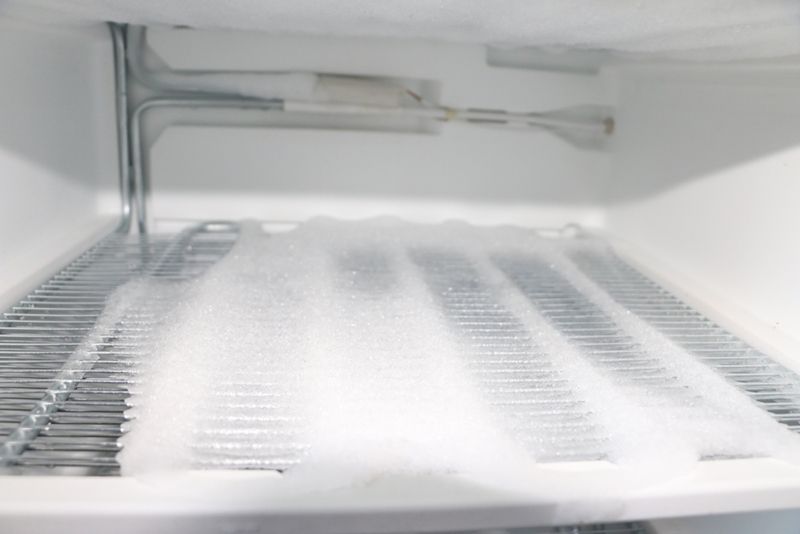Your Read is on the Way
Every Story Matters
Every Story Matters
The Hydropower Boom in Africa: A Green Energy Revolution Africa is tapping into its immense hydropower potential, ushering in an era of renewable energy. With monumental projects like Ethiopia’s Grand Ethiopian Renaissance Dam (GERD) and the Inga Dams in the Democratic Republic of Congo, the continent is gearing up to address its energy demands sustainably while driving economic growth.
Northern Kenya is a region rich in resources, cultural diversity, and strategic trade potential, yet it remains underutilized in the national development agenda.

Can AI Help cure HIV AIDS in 2025

Why Ruiru is Almost Dominating Thika in 2025

Mathare Exposed! Discover Mathare-Nairobi through an immersive ground and aerial Tour- HD

Bullet Bras Evolution || Where did Bullet Bras go to?
Over time, layers of frost build up on the walls and shelves of a freezer. This buildup not only reduces the amount of usable storage space but also forces the appliance to work harder to maintain low temperatures. The result is higher energy consumption and a shorter lifespan for the freezer. Regular defrosting ensures your freezer stays efficient, hygienic, and ready to store food safely.
The first step in defrosting a freezer is preparation. Unplug the appliance to ensure complete safety during the process. Next, remove all the food items stored inside and place them in a cooler, insulated box, or another freezer to keep them fresh while the defrosting takes place. If ice cream, frozen vegetables, or meat are stored inside, wrapping them in thick towels or insulated bags can also help preserve their condition for several hours.
Once the freezer is empty, leave the door open and allow the frost to melt naturally. Depending on the thickness of the ice, this process can take anywhere from two hours to overnight. If you want to speed things up, place bowls of steaming hot water inside the freezer and close the door for short intervals.

The steam will loosen the ice, making it melt faster. Another method is to use a hairdryer at a safe distance, directing warm air toward the ice. However, great care must be taken not to use sharp objects such as knives or screwdrivers, as they can puncture or damage the freezer walls.
When the ice has fully melted, use absorbent towels to soak up the excess water inside the freezer. After drying, clean the interior thoroughly with warm soapy water. This removes any lingering food particles and odors. Rinse with clean water and then dry with a soft cloth before switching the appliance back on. Proper cleaning not only leaves the freezer fresh but also helps maintain hygienic conditions for food storage.
After cleaning, plug the freezer back into the power source and allow it to reach the appropriate temperature before restocking food. Returning items immediately after switching on can compromise food safety since the temperature will not yet be cold enough to preserve perishables. Waiting for at least 30 to 60 minutes ensures that the freezer has cooled adequately.
To avoid frequent defrosting, take preventive measures. Always ensure the freezer door is closed tightly after use and avoid leaving it open for extended periods. A faulty gasket or worn-out rubber seal can allow warm air to enter, causing condensation that later turns into frost.
Regularly inspect the seal and replace it when necessary. Another helpful practice is to cover stored food in airtight containers or wrap items in freezer-safe bags, as this reduces the amount of moisture released inside the freezer.
0 comments